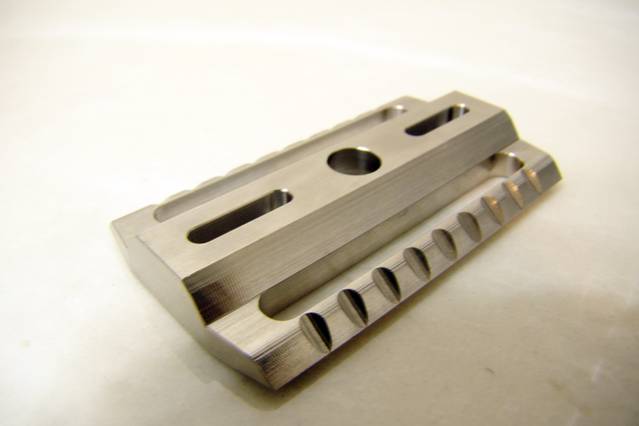There are certainly multiple factors. I should have added Blackland Blackbird to the above list of manufacturers that stray from Esox' optimum rigid blade construction.I love the shaves from the Paradigm more so than Timeless/Wolfman/New SC/Fatip/or any other razor. The Progress/Variant else shaves quite nice. Blade ridgitity is not all about underside/baseplate support. The top cap bending the blade is a more important aspect with regards to shaving & blade ridgitity.
Sent from my Nexus 5X using Tapatalk


